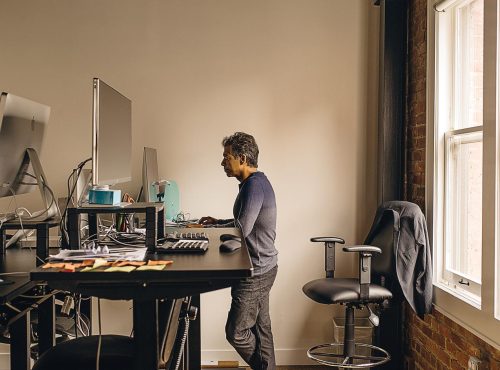
Kaizen in Everything. But Why?
“The only true test of intelligence is if you get what you want out of life.” – Naval Ravikant
In strength & conditioning, sport science and sports development programs, as in any industry, we have a tendency to go along with the latest trend, without even considering whether it will bring about significant positive change or not. Will the net gain as a result of our efforts be worth the financial and temporal cost we incur?
Teams and organizations that achieve consistent results have one thing in common. They do the basics better than anyone else. As we seek to get ahead, we look to gain the advantage in any way that we can. This can often lead to us neglecting the boring pieces of the puzzle that will make the most difference. We then latch onto a sexy gimmick that realistically is not going to be the difference between winning and losing.
Clive Woodward’s famous mantra that drove England’s successful 2003 RWC campaign was “Be 1% better”. He famously left no stone unturned as they looked to trump their Southern Hemisphere opposition in their pursuit of the “Holy Grail”. They looked at how to gain a competitive advantage in terms of training, recovery, equipment etc. However, if you look closely at that side, what did they do better than anyone else? The basics.
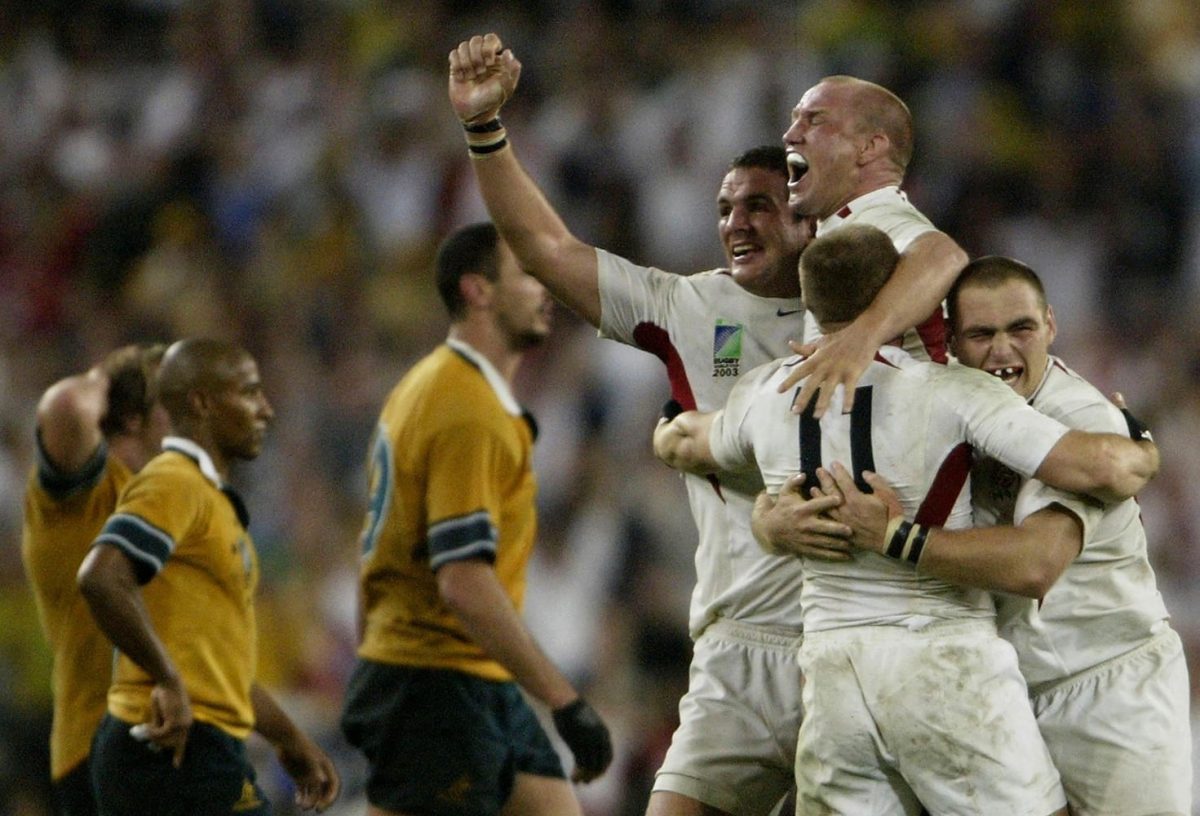
Their superstars did not consider themselves to be superstars. There were no mavericks on the team. Everyone made their tackles. Everyone carried hard. Everyone made an effort to work off the ball. Everyone executed their small roles with intent and focus. This is what made the difference. Not what newfangled, experimental eye-training the squad had been doing 12 months previous.
So if we apply that to ourselves and our own organizations, should we not also attempt to “pick the lowest hanging fruit”? What is going to make the biggest difference in terms of our recovery? Massage guns or going to bed early? Stress management or compression garments? Supplements or a varied diet?
It’s always easy to pick the sexy option. Some will think, “Well if I’m seen to be doing this, then other people will think that I’m an elite performer”. That’s where most people are wrong. Elite performers may sometimes endorse products that claim to give them the competitive advantage, but often they only do this after they’re already on top of their game. What got them to that point? Consistent hard work paired with consistent recovery.
Ask any Manchester United player of the 00’s who was the first to arrive and last to leave the training ground? Cristiano Ronaldo. Ask the same of any Leinster and Ireland player of the same generation, their answer will be Brian O’Driscoll. Any Laker fan will tell you that their hardest working player ever was Kobe Bryant. What do all of these high-performers, who stayed at the top for the duration of their longer than average careers have in common? They did the basics better than anyone else.
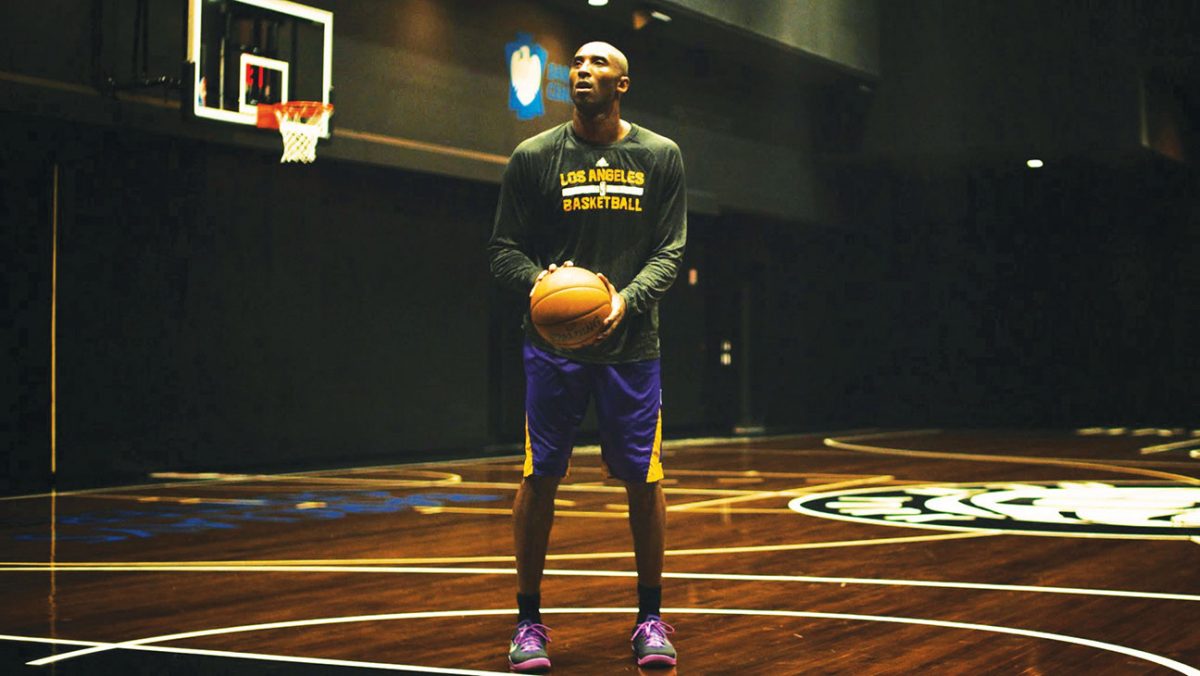
So the next time someone in your organisation tells you that they’re going to invest in an anti-gravity treadmill, or 40 GPS units, or compression garments or an infra-red sauna, ask yourself, before we go along with this new trend, are we executing everything else with 100% effort and consistency. If you’re not, keep your money in your pocket and get back to work on the process. Just because you can, doesn’t mean you should.

“The only true test of intelligence is if you get what you want out of life.” – Naval Ravikant
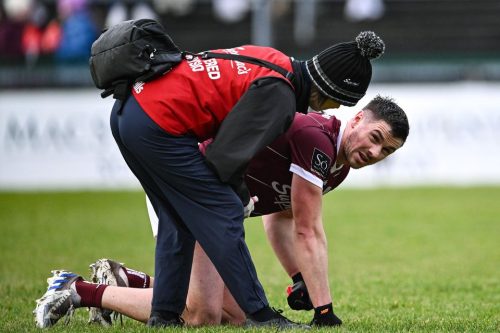
So, we can see that when it comes to our training, a certain volume of work when paired with adequate recovery is positive for our development, but if that same intensity of work is mismanaged and spiked, then the same exercise intensity can be toxic to the athlete.
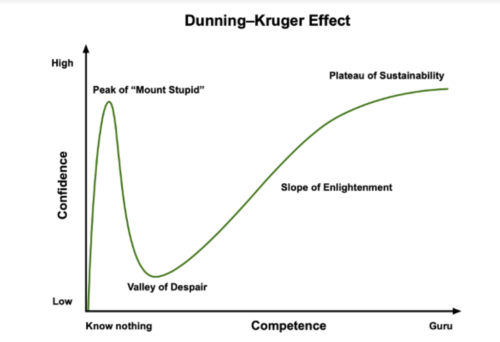
Unfortunately, it takes a fall from the peak of mount stupid, on top of the Dunning-Kruger curve, for many of these lessons to land home.
Here to help you achieve your health and performance goals.
At Petey Performance, I’ll assist you every step of the way. What’s stopping you?
Take ownership today.
© 2021 All Rights Reserved
Subscribe to Petey Performance and get updates on new posts plus more exlusive content.